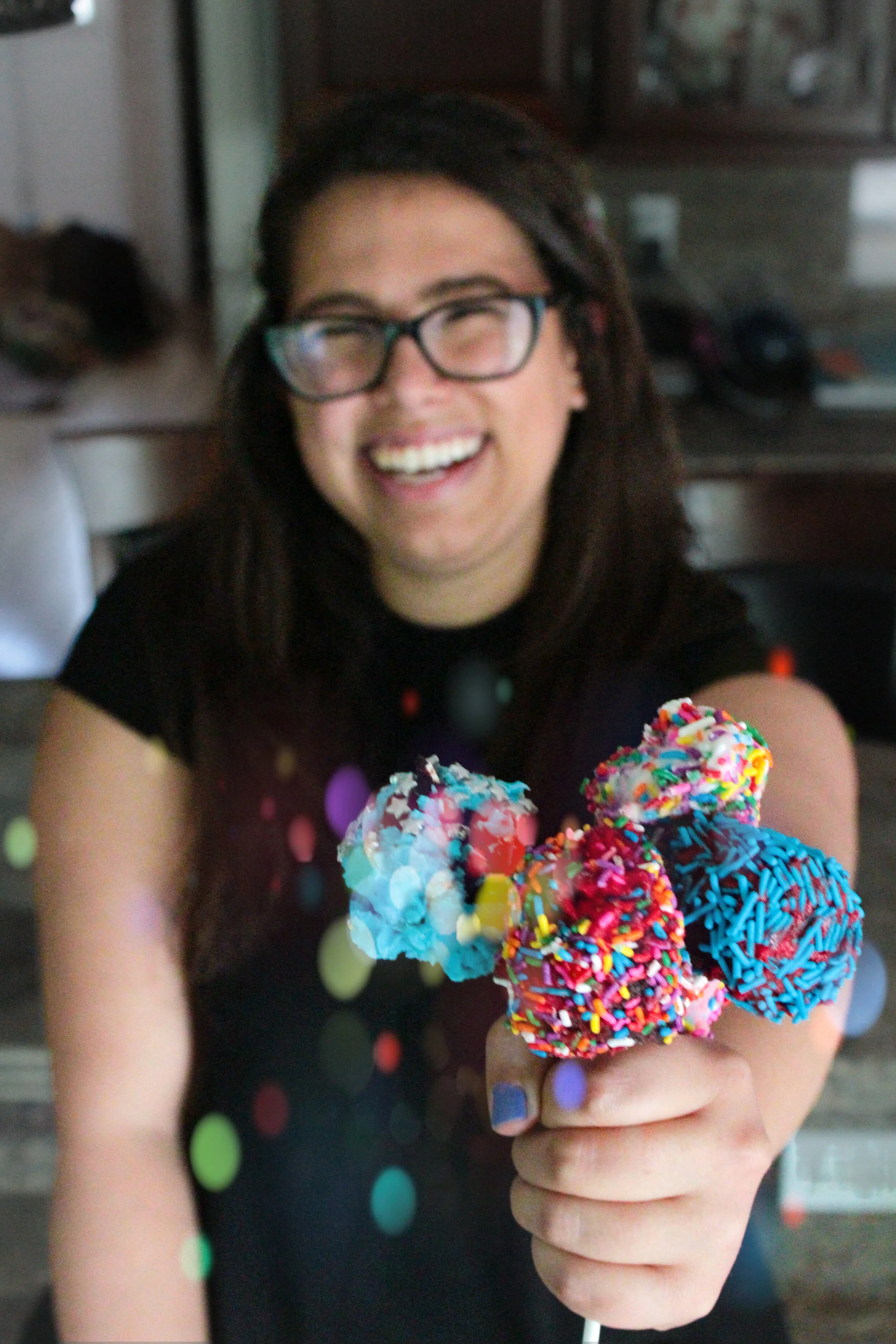The Right Speed
TW: Emetophobia, mentions of suicide
What is the right speed to deal with phobias and other negative thought patterns?
Over the weekend, my mom showed me an article in O Magazine with a headline I would think would be impossible. Entitled “Four Days to an OCD Cure?,” the article describes a four-day intensive, immersive CBT experience to overcome emetophobia. Since I’ve been afraid of vomiting since my earliest memories, I was fascinated by the process described in the article. Could something like that work on me?
When I first started to read about the woman in the article, I felt like she was a kindred spirit. I identified with many of the feelings she felt and the rituals she enacted to ensure minimum exposure to vomit in any form. I recognized the desperation she felt about reclaiming her life, but I didn’t know that there was a CBT treatment that could be done in only four days.
The article described her treatment in many familiar terms, starting with figuring out various levels of fears. In the article, the patient starts by learning how to touch a trash can that someone may have thrown up in at some point, and by the end of the four days, she watches videos of throwing up, watches people throw up in real life, and finally makes herself throw up. At the end of the process, she gains a greater independence and is able to take control of her life.
All of these steps are familiar to me as someone who has done exposure therapy in the past, but the idea of doing all of it in such a short time is very different to the CBT and exposure therapy I’ve done. When I met with my CBT therapist for the first time, she also had me construct a list of the various things associated with the main topic I was trying to get over - at this time, it was a fear of death and the negative thoughts about suicide that plagued my mind - but instead of doing everything at once, she arranged them in a pyramid.
The idea behind the pyramid was that I would start at the bottom, with the thing that scared me the least. She encouraged me to split my fears into many small steps. With each step, I would rate my anxiety, and I couldn’t move onto the next step until my anxiety level was halved, no matter how long it took.
I recently found note cards my therapist made for me as one of my first steps, with sentences like “He stepped in front of a train” or “She jumped off a bridge” that I was supposed to read aloud several times a day. Just exposing myself to the potential thought gave me a high number of anxiety, and it took many repeated readings of the cards over weeks to get to the point where I was at half of my starting anxiety.
From there, other steps included reading online articles, watching videos, and working my way up to writing scenarios that could happen about myself and other people I know. The overarching goal was to realize that - as one of my favorite mental health resource books put it - “thoughts are thoughts, not threats.” This meant that when negative thoughts popped into my head, I could take the time to process instead of immediately panicking.
When I read the article, I couldn’t imagine jumping to the top of the pyramid over the course of days instead of months. To me, it would require a ton of courage, determination, and strength that could backfire if it’s too difficult of an experience all at once. But for other people, drawing things out can lead to decreased motivation and more time without being able to function.
Only the individual in question can determine the right timetable for dealing with their own mental health struggles. I was thrilled to see that the woman in the story got a great result from the four-day program, but I doubt that I would be able to get a similar result. Regardless, it was wonderful to see in-depth coverage of OCD, therapy techniques, and mental health in general in a major magazine, and hope that stories like this can help introduce people to the fact that we aren’t that different after all.
Ellie, a writer new to the Chicago area, was diagnosed with OCD at age 3. She hopes to educate others about her condition and end the stigma against mental illness.






